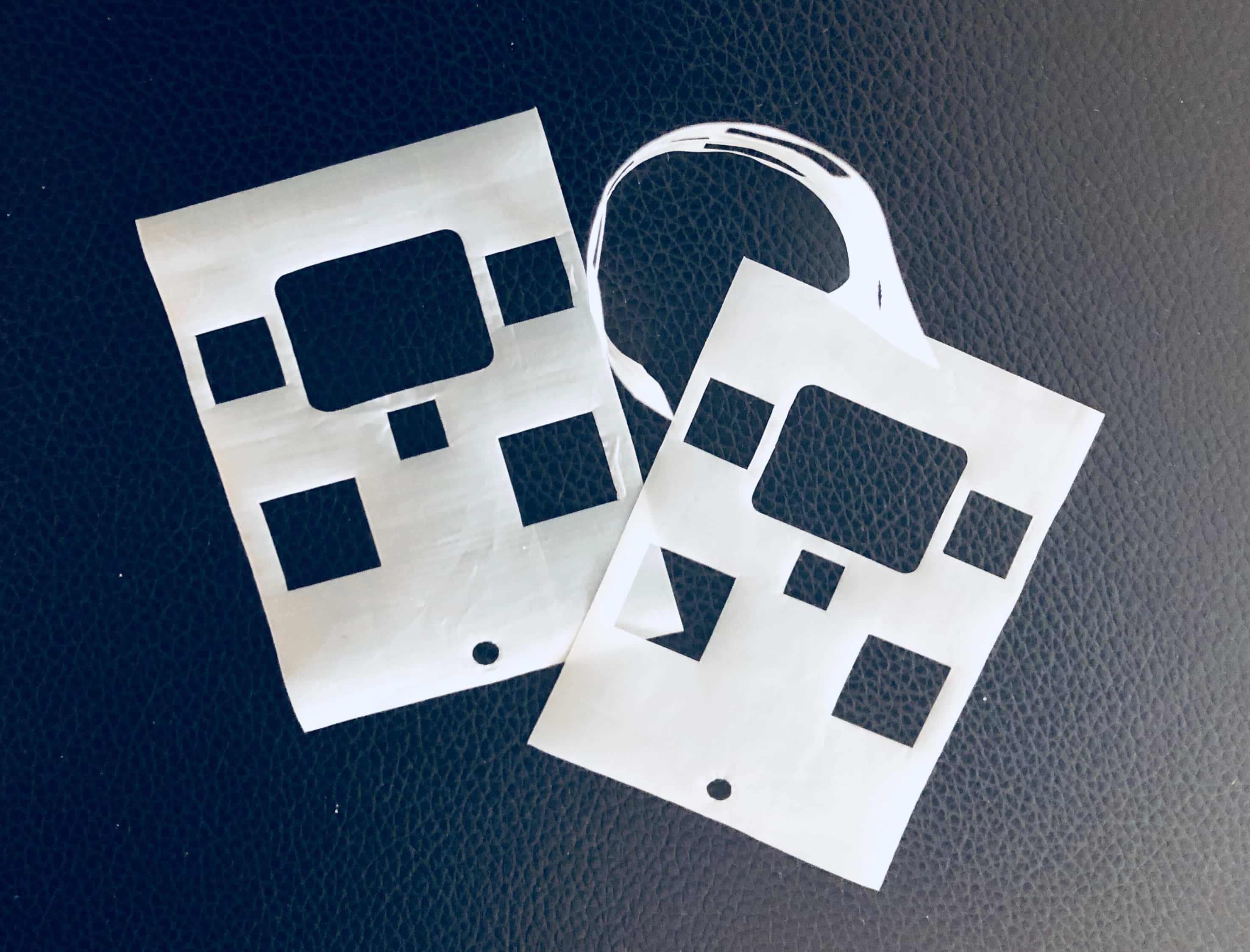The toughest part of being a pioneer in any field is that there is usually no one to turn to for technical help. When Poly Fluoro installed its ePTFE (expanded PTFE) gasket tape line in 2016, we never expected how peculiar and intricate the manufacturing process would be. Although there are a handful of ePTFE manufacturers across the world, we knew we were the first company in India to start making this product. Furthermore, as all other manufacturers would be our competitors, we realised that we only had a few consultants, our equipment manufacturers, and our raw material suppliers to turn to for assistance on processing techniques.
However, despite support from these areas, the fact that PTFE behaves differently to other materials based on the environment meant that a lot of learning had to be done in-house. As we went deeper into the process, we realised that there are many different parameters that need to be measured and monitored in order to achieve the final properties required. Here we touch upon these parameters. We cannot go into too much detail, as many of our findings remain proprietary. However, we would like to give a gist of the complexity involved and the engineering that goes into the development and manufacture of ePTFE gasket tapes.
1. Resin – the resin grade is important. The ePTFE manufacturing process involves extrusion, followed by stretching. The resin needs to be a fine powder, capable of taking a good extrusion load. There are certain properties of the resin – such as extrusion pressure and particle size – that need to fall within a specified range. Else, the powder will not work.
2. Blending – the resin is blended with an extrusion aid (usually, naphtha), which will allow it to be extruded. Once the blending process is done, the resin can be extruded into the required profile (either rectangular, circular or even irregular). The blend time and the quantum of extrusion aid are critical. Too much or too little extrusion aid can mean a very soft or very hard extrudate respectively. It is very important to get this right.
3. Extrusion – extrusion is done at a steady rate at a pressure that will ensure the material is suitable for stretching. It is essential that the extrusion pressure sits within an acceptable range. If the pressure is too low, it would mean a weak extrudate, that might break during stretching. A high pressure is good, but too high might mean that the extrudate is too hard to stretch.
4. Drying – the drying process is needed in order to remove the naphtha from the material. The only purpose of the naphtha is to aid extrusion, so once that it done, it need not be present in the material. Furthermore, as the material would soon be heated to a high temperature, it is imperative that all traces of the naphtha are removed for the purpose of safety.
5. Stretching – the stretching process involves three sub-parameters, all of which combine to ensure the final product is as required.
a. Temperature – the temperature needs to be set to ensure the material is heated, but not overheated. Over-heating would mean that the ePTFE material gets sintered, which we do not want. ePTFE is a semi-sintered material, so the heat must be just enough to ensure that the ePTFE stays soft.
b. Stretch ratio – the rate at which the profile is stretched will define the density of the final product. Lower densities would call for a higher-stretch rate. However, care needs to be taken at the extrusion stage to ensure that material is capable of taking higher stretch rates. Typically, an ePTFE profile would have a specific gravity of between 0.55 and 0.75. However, in the event that the product needs a lower density, a much higher stretch would need to be given.
c. Speed – the speed of the system feeds back to the temperature. A slow speed may be needed for higher cross-section profiles, but this would also mean the material spends more time in the heat and can get over-cured. In general, speed needs to be adjusted after setting the rest of the parameters, such that the final product achieves the right properties
6. Final curing – even after the stretching process, ePTFE Tapes have a habit of ‘breathing in’. Expanded PTFE tapes – especially those that have been stretched at high rates – will try and pull back into themselves. This is mainly a factor when the material is still cooling and results in both a shortening of length and an increase in density. Therefore, special spooling techniques need to be incorporated in order to ensure that the material holds its properties. Typically, once the material has cooled down sufficiently, it will stabilise.
There are other nuances, apart from the ones mentioned above. While the specific technical parameters are kept intentionally vague, we hope that this serves to illustrate the complexities involved in the manufacture of ePTFE (expanded PTFE) gasket tapes.




